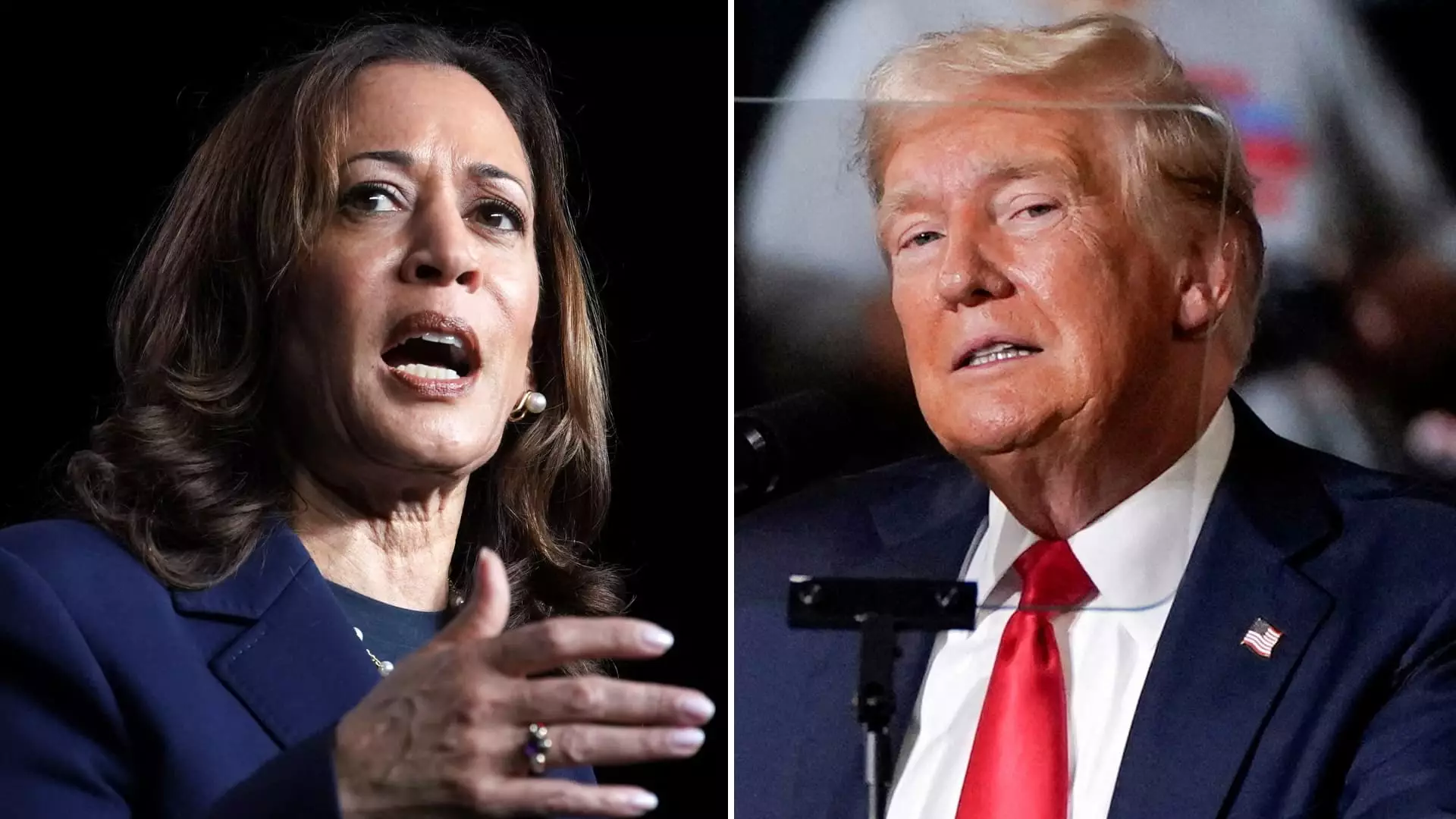The economic agendas of former President Donald Trump and Vice President Kamala Harris are under scrutiny as they propose significant tax changes that could impact millions of Americans. As the competition for the next presidency heats up, taxes have emerged as a crucial issue on both sides of the political spectrum. This article will delve into the tax policies proposed by Trump and Harris, highlighting their key differences and potential implications for the American taxpayer.
Despite the looming expiration of tax breaks instituted by Trump through the Tax Cuts and Jobs Act in 2025, the two presidential candidates have differing perspectives on how to proceed. While more than 60% of taxpayers could face higher taxes in 2026 without extensions, both parties appear to be in favor of extending trillions in tax cuts. Andrew Lautz from the Bipartisan Policy Center pointed out the disparity between political rhetoric surrounding the 2017 tax law and the practical reality that needs to be addressed.
President Trump aims to maintain the individual and business tax cuts implemented by the TCJA. He has promised substantial tax reductions for families and small businesses, positioning himself as the candidate advocating for lower taxes across the board. Alongside advocating for no taxes on Social Security income, Trump has also proposed imposing tariffs on imported goods, which could potentially impact the average after-tax income of American households.
On the other hand, Vice President Harris has yet to directly address the extension of TCJA provisions during her campaign. However, her economic advisor, Lael Brainard, has expressed support for partial extensions while highlighting the importance of a fair tax system that excludes individuals with incomes above $400,000 from benefiting from Trump’s tax cuts. Harris has outlined plans to increase the corporate tax rate to 28%, a move that could potentially reduce the deficit by $1 trillion over a decade.
The Budget Deficit Dilemma
Both candidates have acknowledged the issue of the budget deficit and proposed measures to raise revenue. Harris’s campaign announced her intent to push for an increase in the corporate tax rate to generate additional funds. On the contrary, Trump has pushed for tariffs as a means of accumulating revenue, arguing that they primarily target foreign countries rather than American consumers. The approval of tax law changes, however, is contingent upon the composition of the future House and Senate, posing a potential hurdle for implementing these tax policies.
Both Trump and Harris have raised the idea of exempting tip income from income tax, a proposal that has garnered bipartisan support but also faced criticism for potential administrative challenges and misuse. Harris’s economic plan includes an expanded child tax credit, offering up to $6,000 in total tax relief for families with newborn children, emphasizing her commitment to supporting working families.
The battle over tax policies between Trump and Harris underscores the critical role that taxes play in shaping the economic landscape and influencing the lives of millions of Americans. While both candidates have articulated their visions for tax reform, the implementation of these policies hinges on congressional approval and future political dynamics. As the election approaches, the outcome of this fiscal tug-of-war will have far-reaching implications for taxpayers across the nation.

Leave a Reply